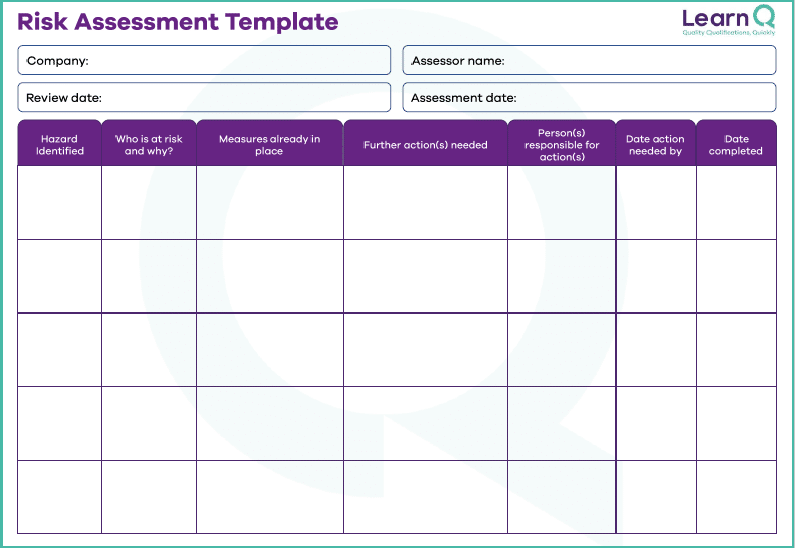
Risk assessment is a crucial process in any organization, as it helps identify potential risks and develop strategies to mitigate them. A risk assessment template can streamline this process by providing a structured framework for evaluating risks and determining the appropriate response.
In this comprehensive guide, we will explore everything you need to know about risk assessment templates, including what they are, why they are important, how to use them effectively, examples of different types of templates, and tips for successful risk assessment.
What is a Risk Assessment Template?
A risk assessment template is a tool used by organizations to systematically identify, assess, and manage risks. It provides a standardized format for recording information about potential risks, including the likelihood of occurrence, potential impact, and recommended actions to mitigate the risk. By using a template, organizations can ensure consistency in the risk assessment process and make informed decisions about risk management strategies.
When creating a risk assessment template, it is essential to consider the specific needs and requirements of your organization. The template should be tailored to address the unique risks faced by your organization and provide a clear framework for assessing and managing those risks.
Why are Risk Assessment Templates Important?
Risk assessment templates are important for several reasons. First and foremost, they help organizations identify and prioritize potential risks, allowing them to allocate resources effectively and focus on the most critical areas. By using a template, organizations can ensure that all relevant risks are considered and that the risk assessment process is thorough.
Additionally, risk assessment templates promote consistency and standardization in the risk assessment process. By using a standardized format, organizations can ensure that all risks are assessed systematically and objectively, reducing the likelihood of overlooking important risks or biases in the assessment process.
How to Use a Risk Assessment Template Effectively
Using a risk assessment template effectively requires careful planning and attention to detail. Here are some tips to help you make the most of your risk assessment template:
1. Start by identifying the key risks facing your organization and prioritizing them based on their potential impact.
2. Gather relevant data and information to assess each risk, including historical data, expert opinions, and industry best practices.
3. Use the risk assessment template to systematically evaluate each risk based on criteria such as likelihood of occurrence, potential impact, and existing controls.
4. Develop risk mitigation strategies for high-priority risks and assign responsibility for implementing these strategies.
5. Regularly review and update the risk assessment template to reflect changes in the risk landscape and ensure that it remains relevant and effective.
6. Communicate the results of the risk assessment to key stakeholders and decision-makers to ensure buy-in and support for risk management strategies.
7. Use the risk assessment template as a tool for continuous improvement, refining your risk management processes based on lessons learned from previous assessments.
Examples of Risk Assessment Templates
There are many different types of risk assessment templates available, each designed to address specific types of risks or industries. Some common examples include:
- Health and safety risk assessment template. This template is used to evaluate risks related to workplace health and safety, such as hazardous materials, ergonomic hazards, and machine safety.
- Financial risk assessment template. This template helps organizations assess financial risks, such as market volatility, credit risk, and liquidity risk.
- Project risk assessment template. This template is used to evaluate risks associated with project management, such as scope creep, resource constraints, and stakeholder conflicts.
- Cybersecurity risk assessment template. This template helps organizations assess risks related to cybersecurity threats, such as data breaches, malware attacks, and phishing scams.
- Compliance risk assessment template. This template is used to evaluate risks related to regulatory compliance, such as legal violations, fines, and reputational damage.
- Supply chain risk assessment template. This template helps organizations assess risks related to supply chain disruptions, such as supplier failures, transportation delays, and natural disasters.
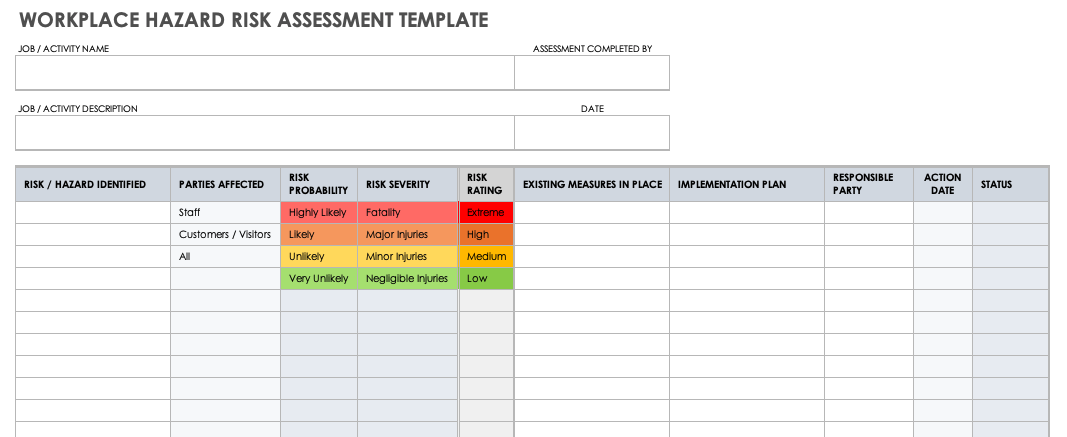
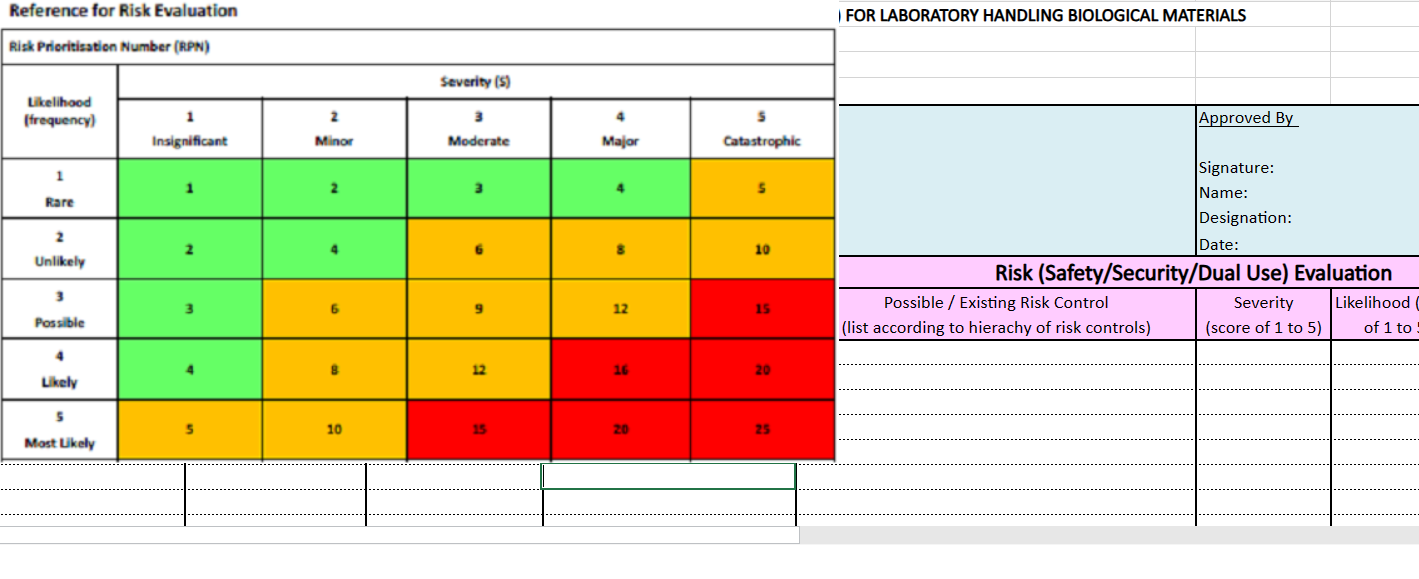
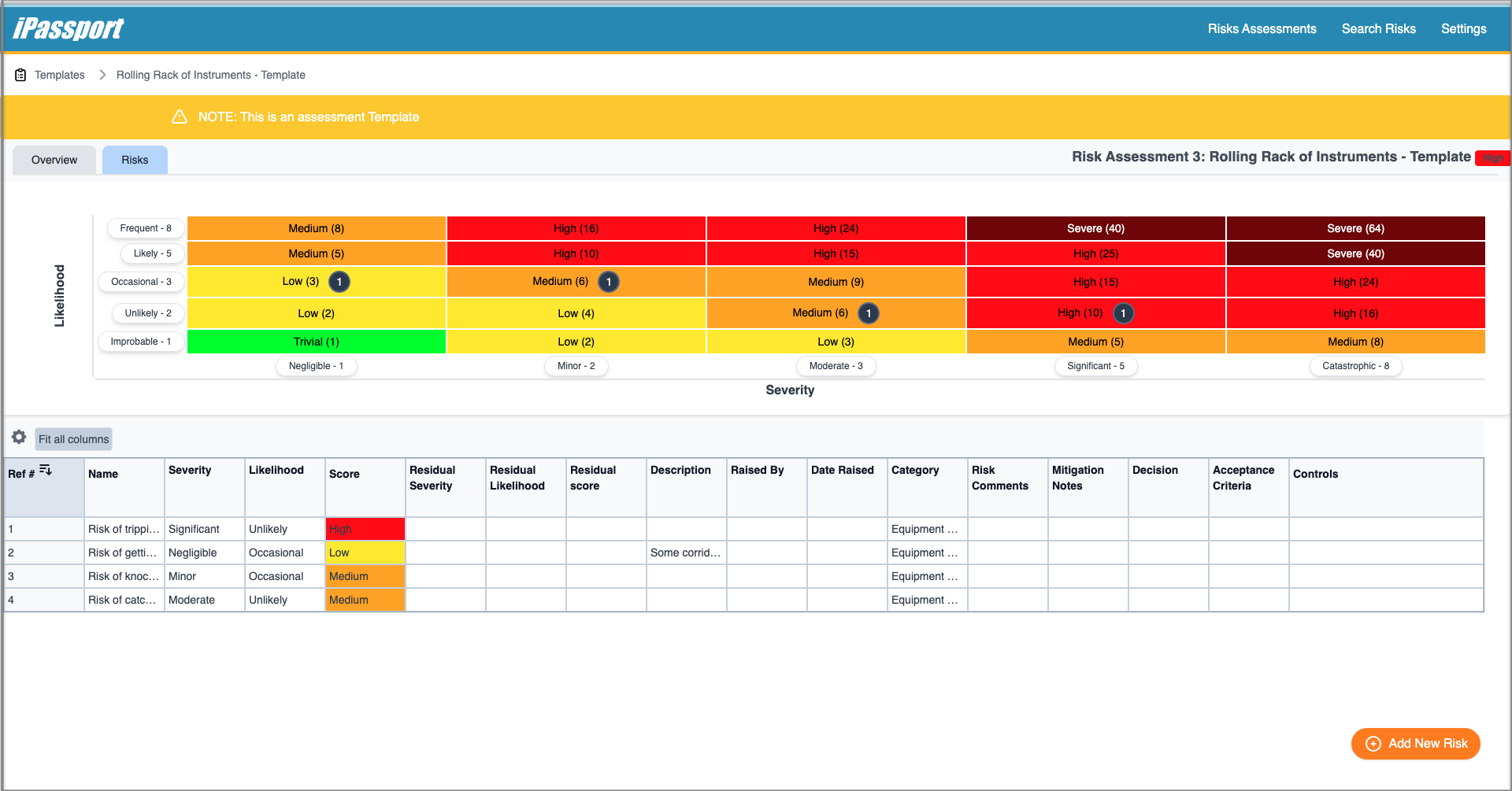
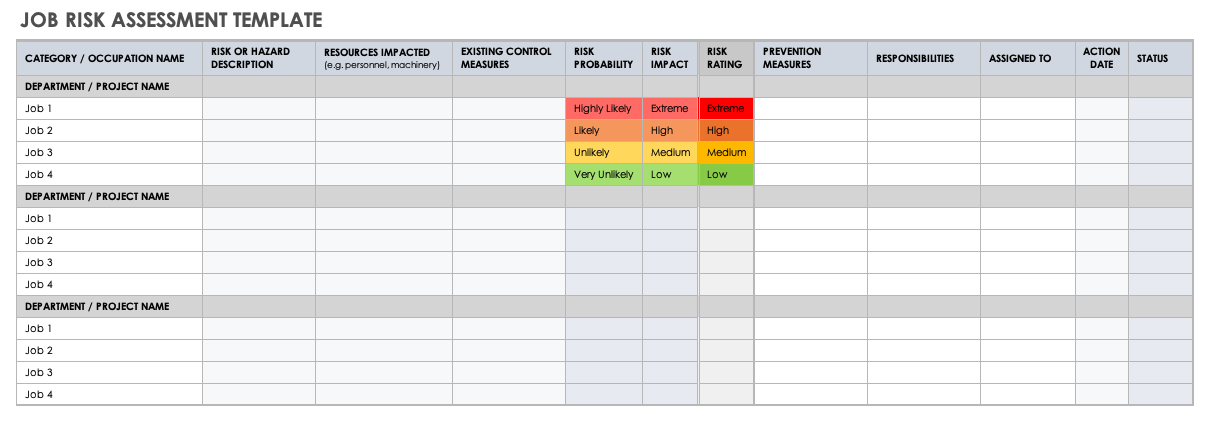
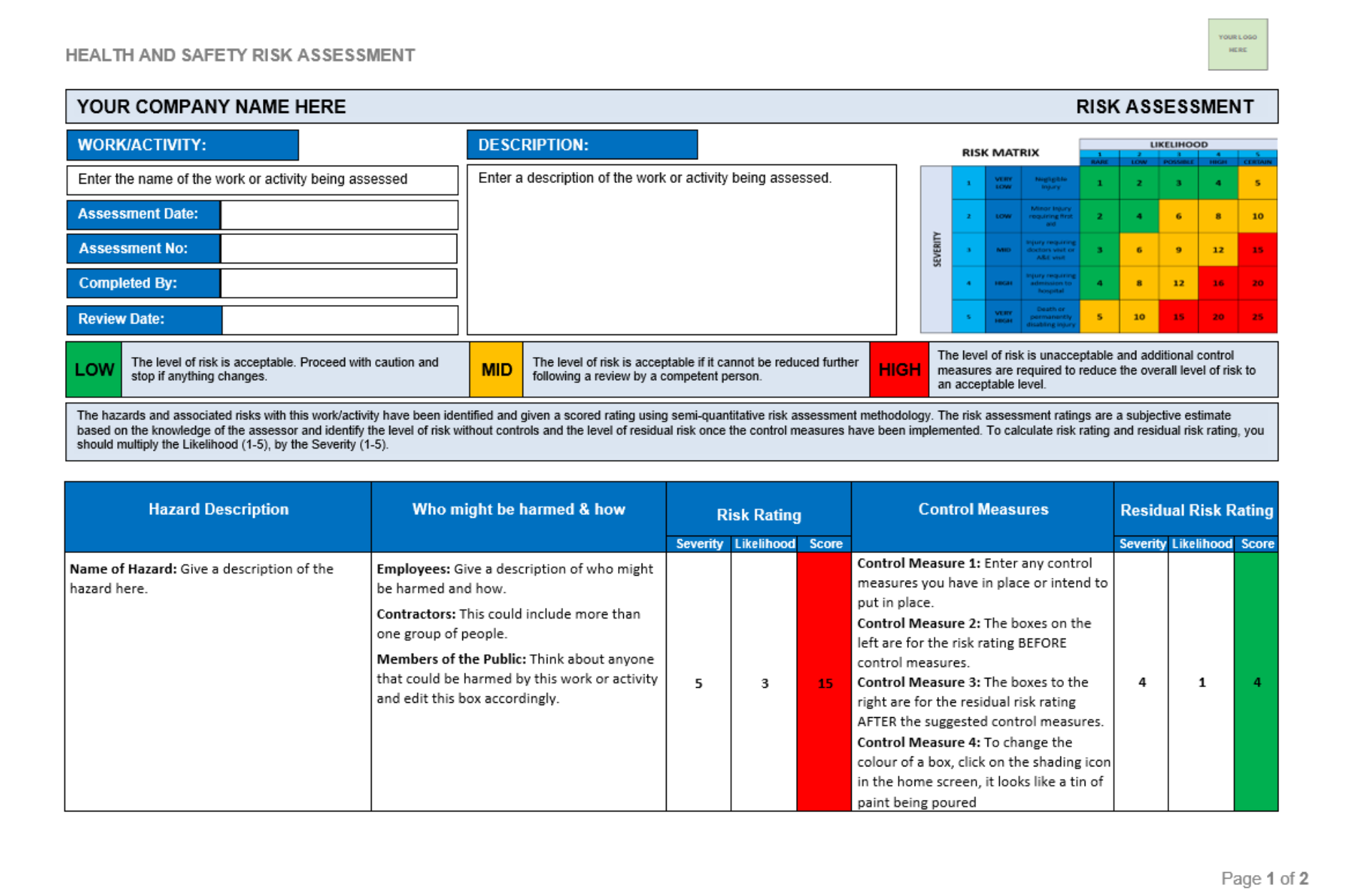
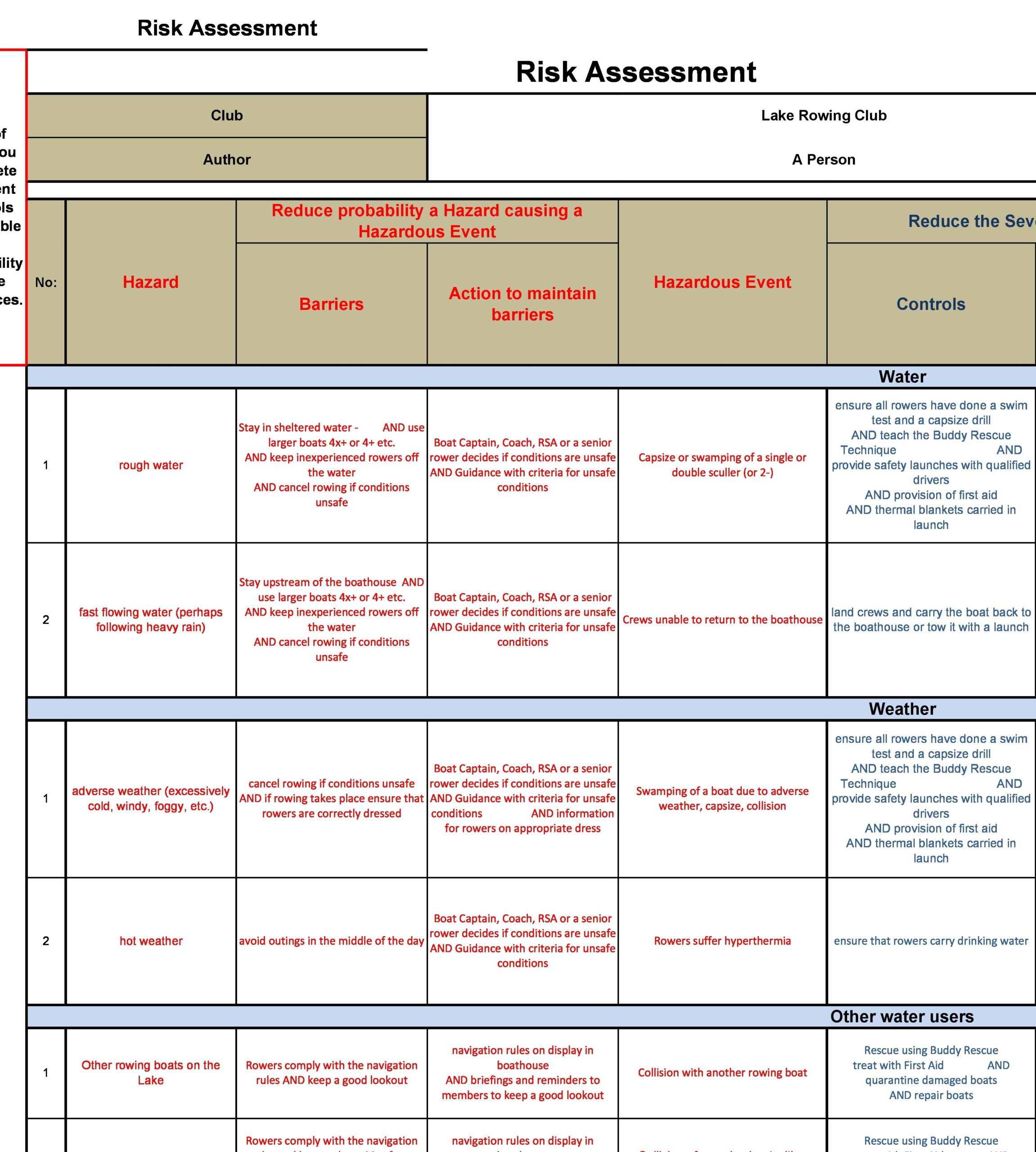
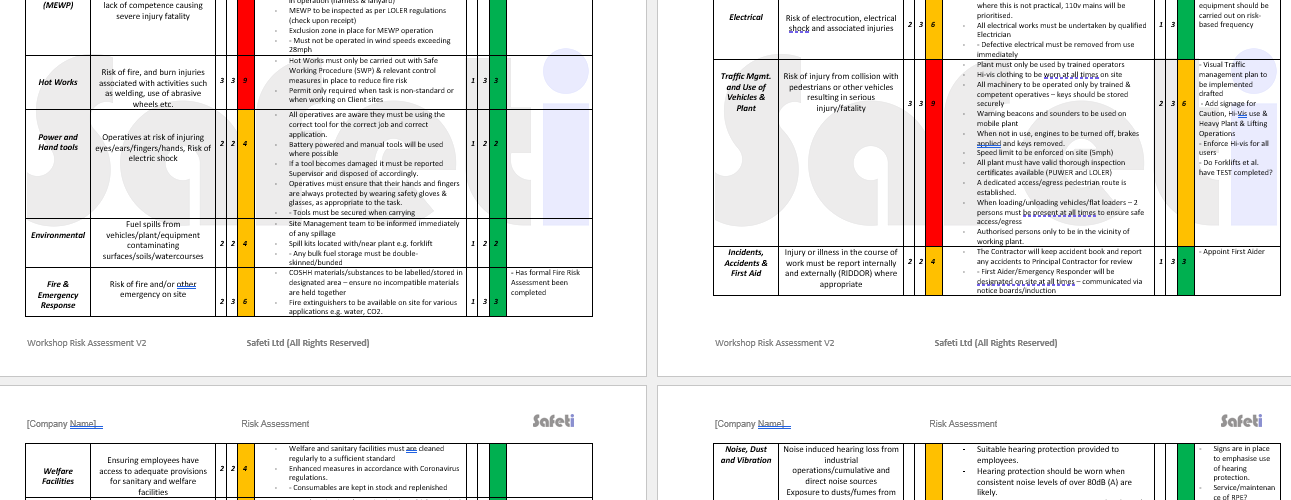

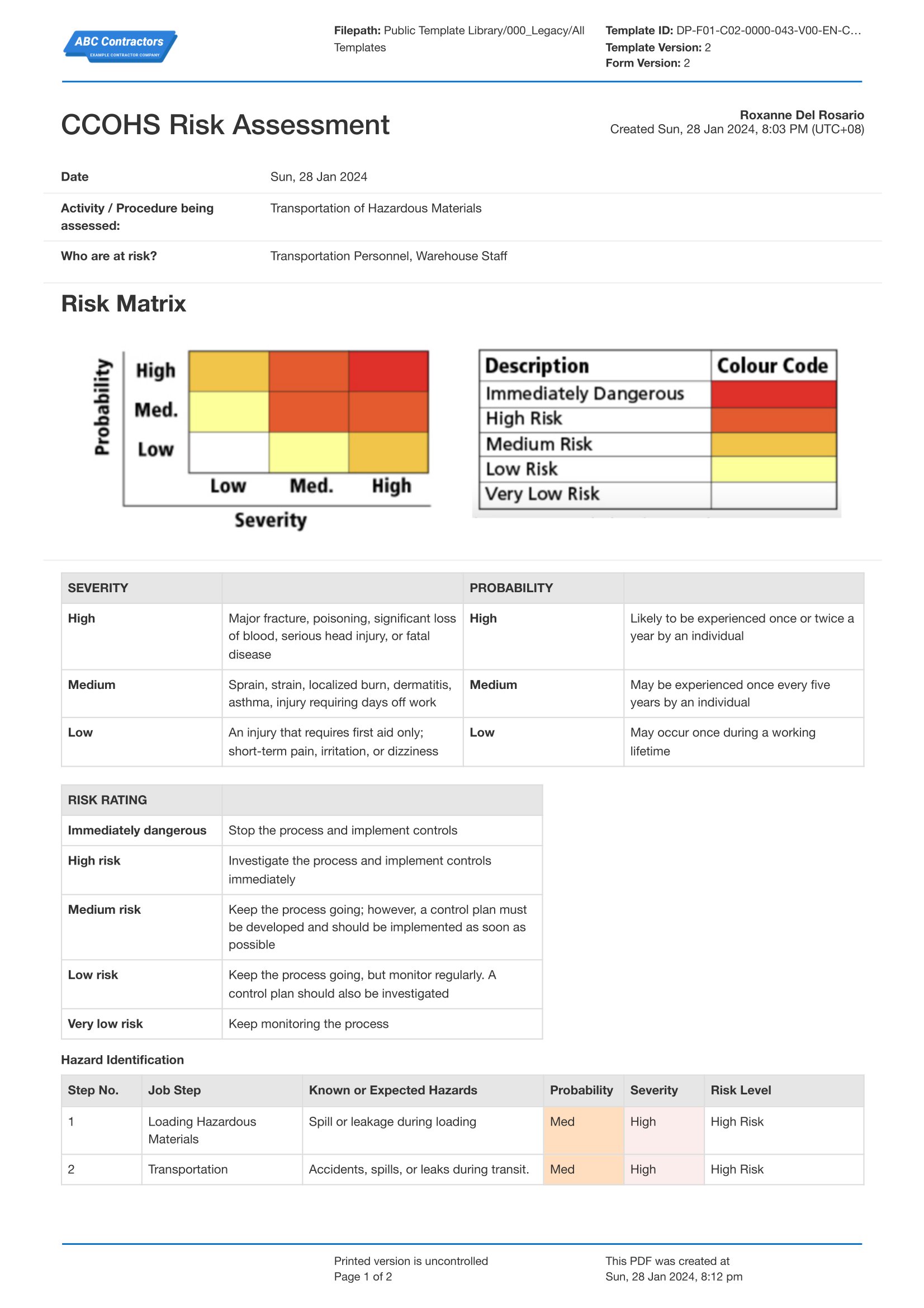



Tips for Successful Risk Assessment
To ensure a successful risk assessment process, consider the following tips:
1. Involve key stakeholders in the risk assessment process to gain diverse perspectives and insights.
2. Use a combination of qualitative and quantitative methods to assess risks comprehensively.
3. Be transparent and objective in your risk assessment, avoiding bias or conflicts of interest.
4. Prioritize risks based on their potential impact and likelihood of occurrence to focus on the most critical areas.
5. Regularly review and update your risk assessment template to reflect changes in the risk landscape.
6. Continuously monitor and evaluate the effectiveness of your risk management strategies to adapt to evolving risks.
7. Communicate the results of the risk assessment to all relevant stakeholders to ensure alignment and support for risk management efforts.
In conclusion, risk assessment templates are valuable tools for organizations seeking to identify, assess, and manage risks effectively. By using a structured template, organizations can streamline the risk assessment process, promote consistency and standardization, and make informed decisions about risk management strategies. By following the tips outlined in this guide and tailoring your risk assessment template to meet the specific needs of your organization, you can enhance the effectiveness of your risk management efforts and protect your organization from potential threats.
Risk Assessment Template – Download